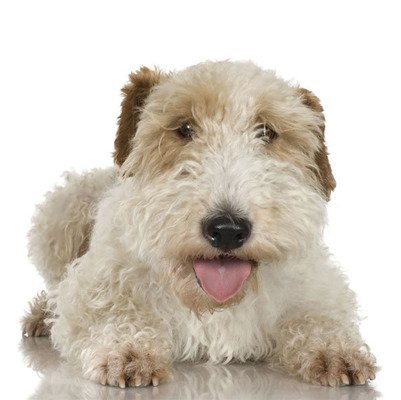We all know that some basic obedience training makes dogs more fun to be around. What many of us don’t know is that it has other, less obvious, benefits. Obedience training helps your dog see you as her leader, and it also gives her a mental workout–something that many canines need just as much as physical exercise to stave off boredom and make them feel useful. And some commands, like a good recall, may even save your dog’s life one day.
Here are the basics every dog should know:
Sit
Down
Stay
Come
Walking on leash
How to teach commands
These guidelines will make training easier for you and your dog:
1. Be consistent.
Use the same cue for the same command each time. If you use “come” one week, “come here” the next, and “come here, girl” the following, you’ll confuse your dog.
2. Start simple and gradually make it harder.
You want to go step-by-step and give your dog lots of practice getting it right. Start with an easy command in a familiar place with no distractions. Once your dog is responding consistently, add what trainers call the three D’s: distance, duration, and distractions. Stand one step away from your dog, then two steps away; ask for a one-second stay, then a two-second stay; add a bouncing ball, some treats scattered on the ground, or another dog or person to the mix.
Wait until your dog has mastered the current challenge before you add a new one. If she flubs it, just take away one of the challenges and try again, going more slowly this time.
3. Don’t repeat the command.
It’s easy to do, but it teaches your dog that she doesn’t need to respond promptly to the first command.
4. Use food treats as lures and rewards.
There are many methods for training, but one of the best is to use food treats, both as a lure to get your dog where you want her to go and as a reward for obeying the command. If your dog isn’t that interested in food, try offering verbal praise without the treat, a favorite toy, or a physical reward such as a good behind-the-ears scratch or tummy rub.
5. Time it right.
The praise and reward needs to come immediately after the dog does what you want if she’s going to make the connection–“Hey, if I sit when she says ‘sit,’ I get a treat!”
6. Make rewards sporadic, then phase them out.
Dogs are more motivated by unpredictable rewards. Once your dog gets the idea of what you’re asking her to do, dish out treats only for the best responses–the quickest sit, the best down. Then vary the type, amount, and frequency of the reward; sometimes your pup gets a yummy treat, sometimes she gets a tummy rub, other times she just gets an enthusiastic, “Goooood girl.” Eventually, you can phase out the food rewards altogether.
7. Keep it short and sweet.
Training will be most effective if it’s fun and you stop before either of you gets bored or frustrated. Keep the mood upbeat, not drill-sergeant serious, and make the sessions short. Five or ten minutes is plenty to start with, or you can do many mini-training sessions throughout the day, especially if you have a puppy–like kids, they have shorter attention spans.
8. Mix up people and places.
If you want your dog to obey your child, your spouse, your dog walker, and so on, and to be as biddable in the kitchen as she is in the yard, practice having different people give commands in different settings.
9. Keep your cool.
Yelling, hitting, or jerking your dog around by a leash won’t teach her how to sit or come on request. It will teach her that you’re scary and unpredictable, and that training’s no fun. If you feel your fuse burning short, just end the session and try again later. Fair, calm, consistent training is the best way to get your dog to obey and respect you.
10. Once your dog knows a few commands, practice “Nothing in life is free.”
Always ask your dog to obey a command before you give her a treat, a toy, a meal, a game or walk, a tummy rub, or anything she wants. If she ignores the command, put down the food bowl, the leash, or whatever she’s hoping for, and try again a minute or two later. This helps reinforce your role as the leader of the pack.
11. Keep practicing.
Don’t expect that once your dog has learned something, she’s learned it for life. She can lose her new skills without regular practice.
Bottom line: Basic commands not only teach helpful skills, they reinforce your role as your dog’s leader. Using treats to lure your dog into the correct position or place, and then to reward her for obeying, is one of the easiest and most dog-friendly methods.









